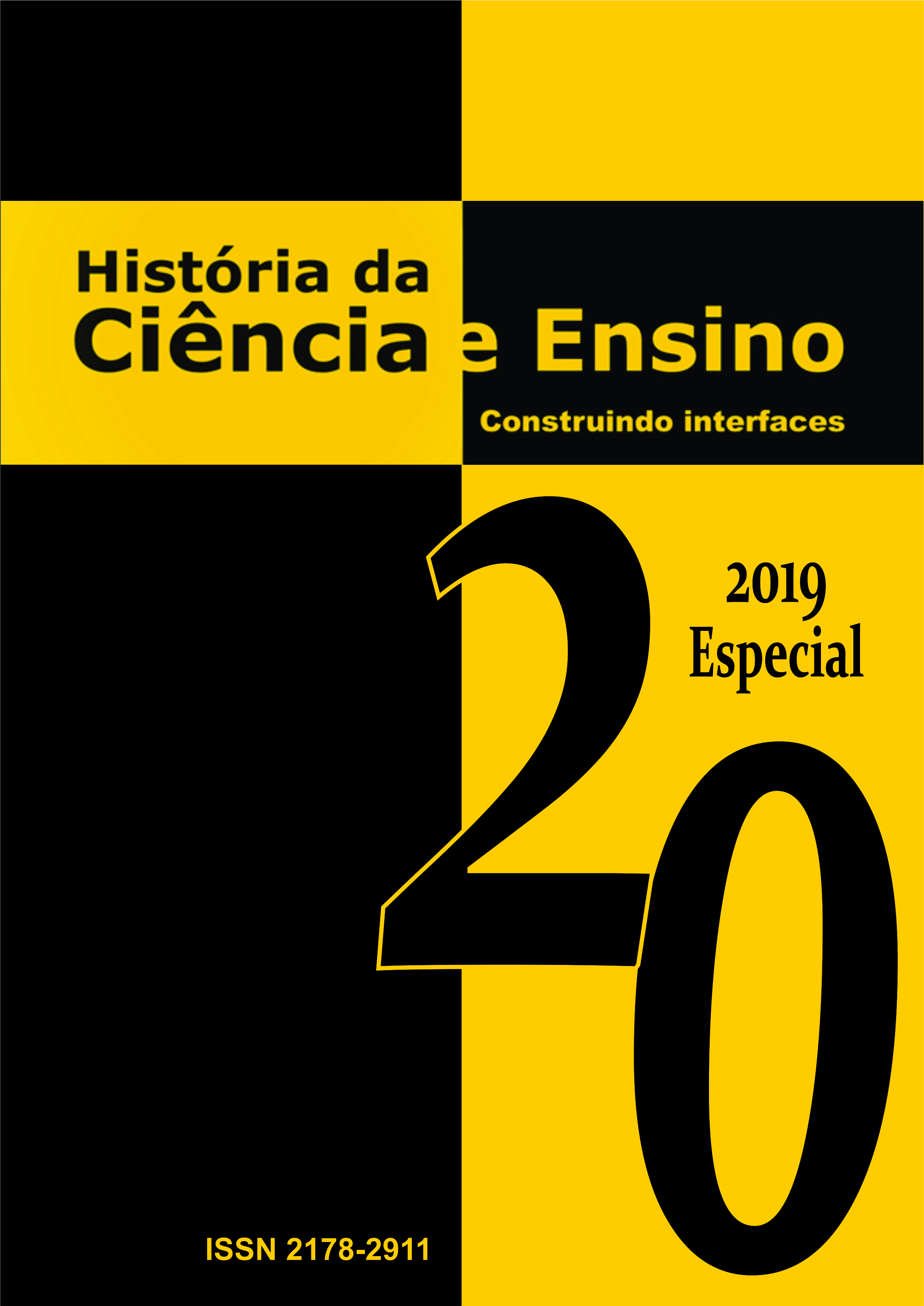Uma Rota pelos Instrumentos de Cálculo
DOI:
https://doi.org/10.23925/2178-2911.2019v20espp787-801Resumo
Resumo
O objetivo deste trabalho é dar a conhecer a evolução das ferramentas de apoio ao cálculo matemático. Começamos esta jornada cronológica pelos mecanismos mais rudimentares que só realizavam operações de adição e subtração, como por exemplo o ábaco e o Khipu. No séc. XVII, matemáticos como o escocês John Napier (1550- 1617), o inglês William Oughtred (1574-1660) e o francês Blaise Pascal (1623-1662) desenvolveram mecanismos cada vez mais sofisticados para realizar cálculos matemáticos avançados. Estes instrumentos foram sendo cada vez mais aperfeiçoados em termos de dimensão e versatilidade até à descoberta do primeiro circuito integrado, em 1958, pelo físico americano Jack Kilby (1923-2005) que proporcionou o desenvolvimento desses instrumentos, dotando-os de maior capacidade de cálculo e representação - as máquinas de calcular.
Palavras-chave: ciência, cálculo, mecanismos.
Abstract
The objective of this work is to present the evolution of mathematical calculus support tools. We began this chronological journey by the most rudimentary mechanisms that only carried out addition and subtraction operations, as for example the abacus and the Khipu. In the 17th century, mathematicians such as Scotsman John Napier (1550-1617), Englishman William Oughtred (1574-1660) and Frenchman Blaise Pascal (1623-1662) developed progressively more sophisticated mechanisms to perform advanced mathematical calculations. These instruments were increasingly improved in terms of dimension and versatility until the discovery of the first integrated circuit in 1958 by the American physicist Jack Kilby (1923-2005) who provided the development of these instruments, giving them a greater capacity of calculation and representation - the Calculating Machines.
Keywords: science, calculus, mechanisms.


